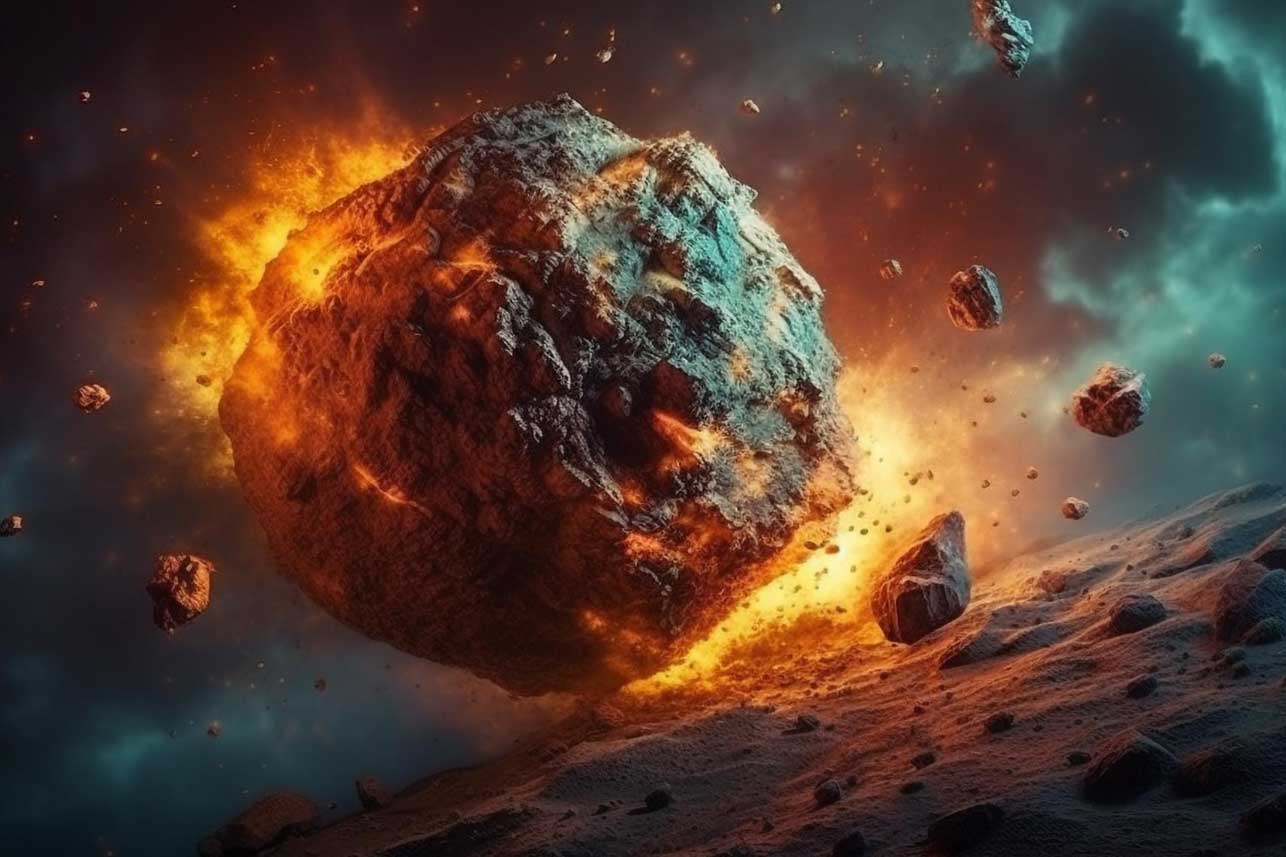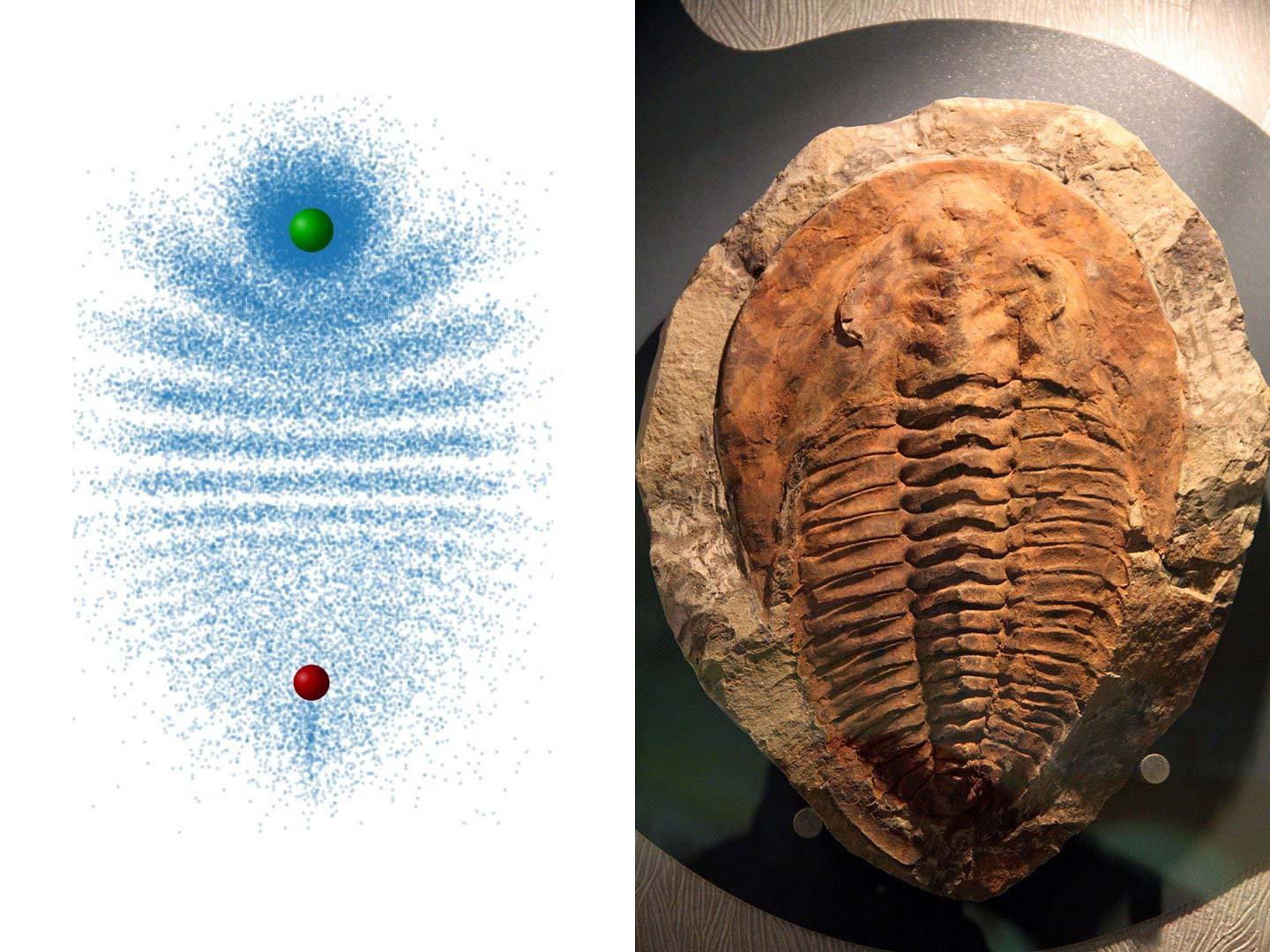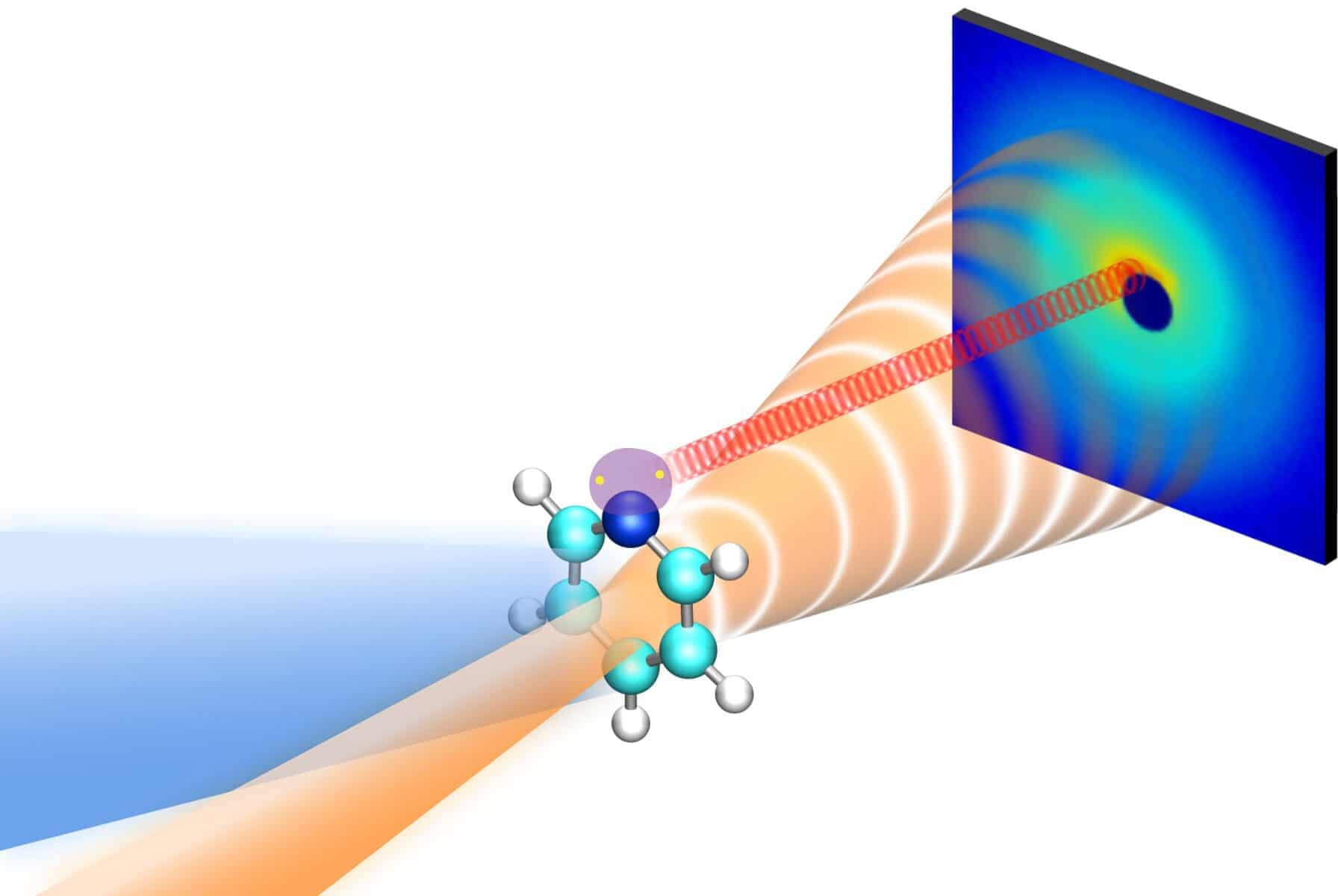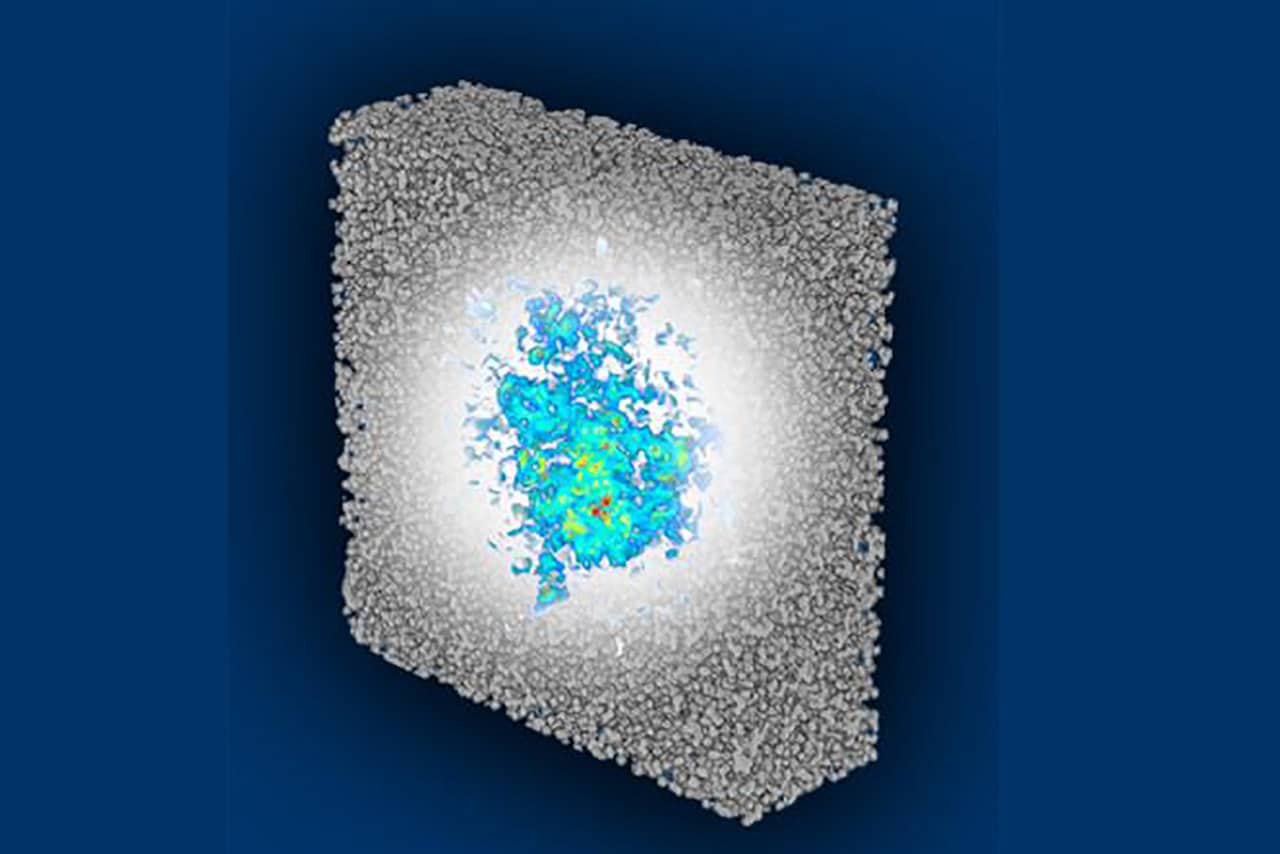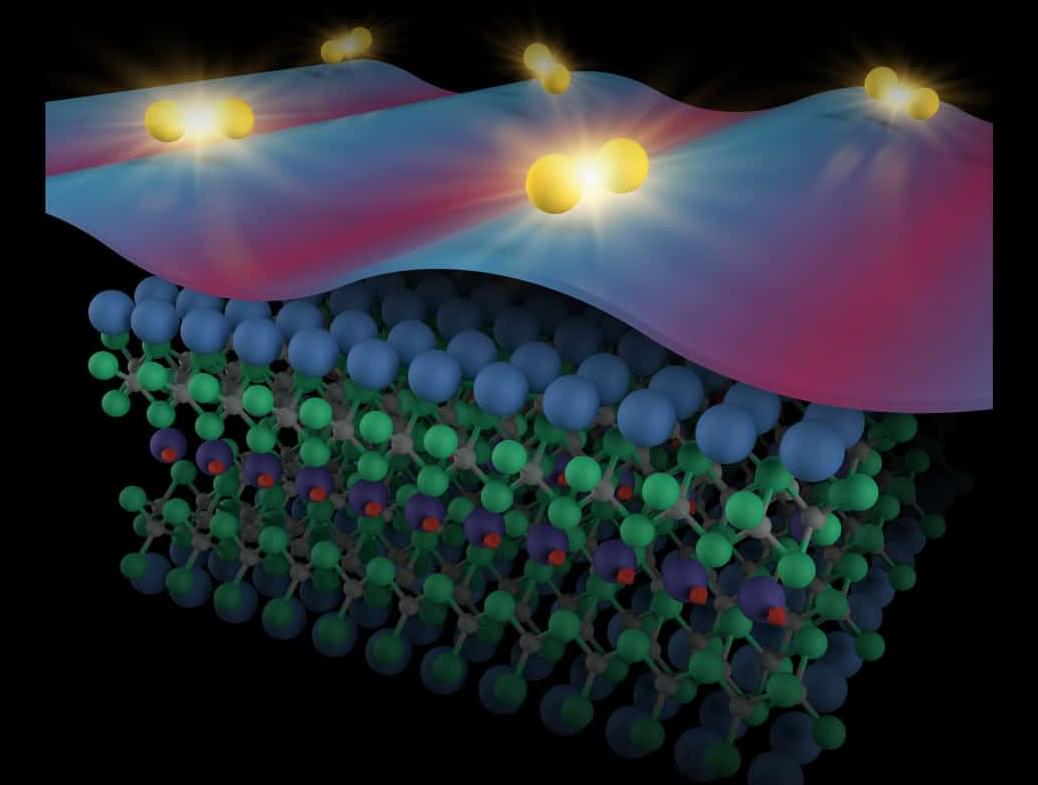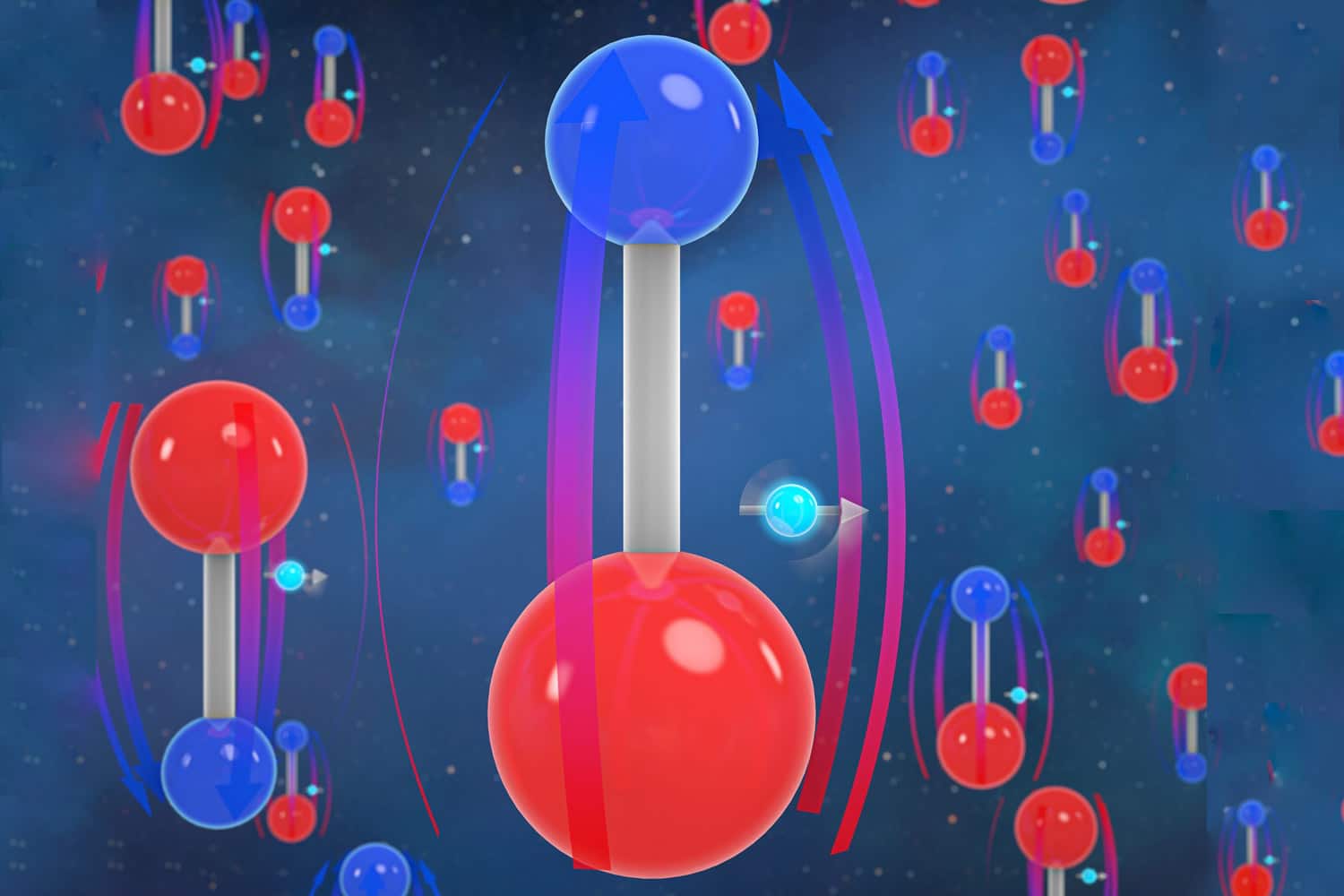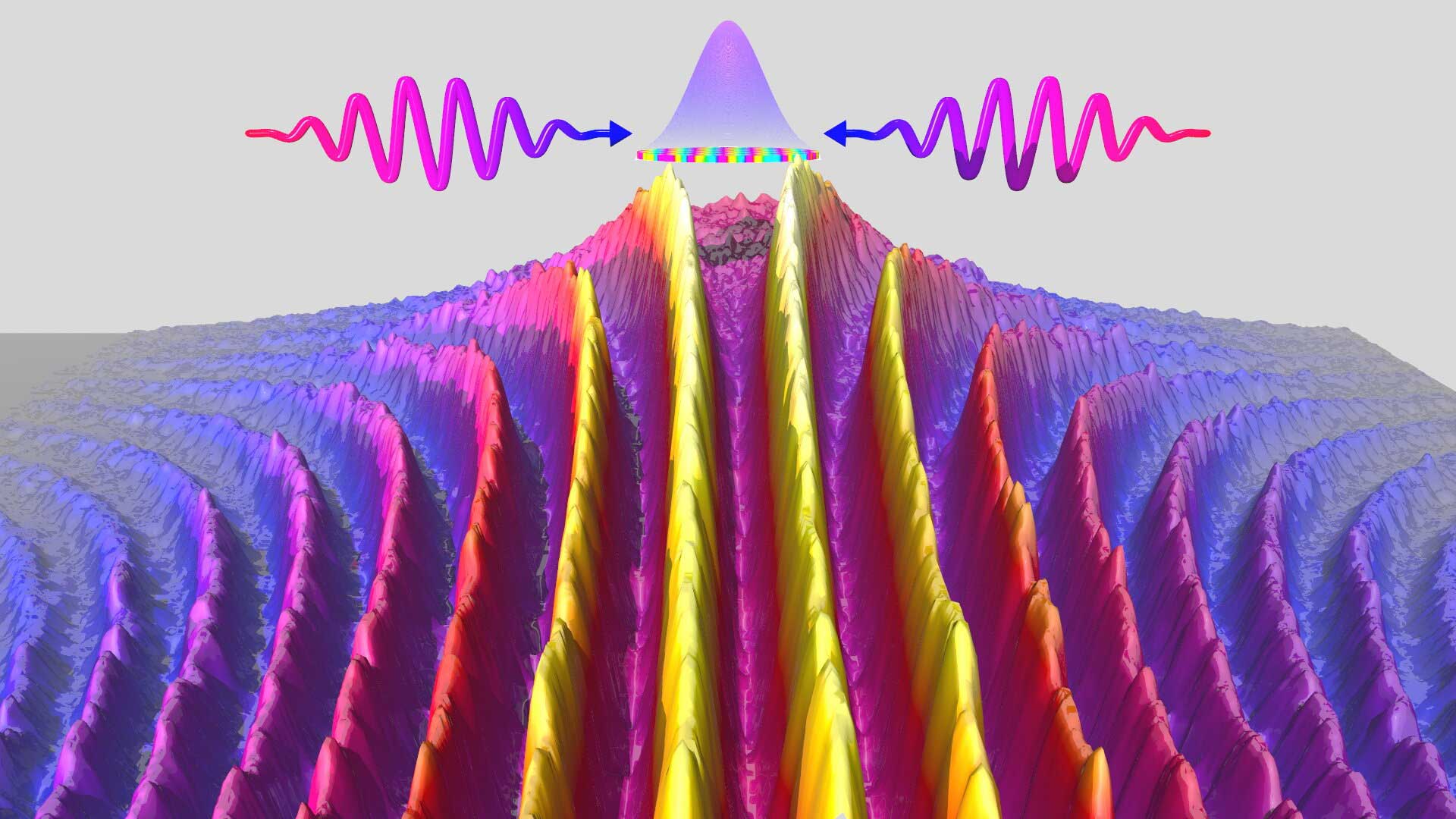Now, a new study combines meteorite data with thermodynamic modeling and determines that the earliest inner solar system planetesimals must have formed in the presence of water, challenging current astrophysical models of the early solar system.
Researchers study iron meteorites as samples from the early solar system. These meteorites represent the metallic cores of the earliest planetesimals that didn’t become planets but orbited the solar system before reaching Earth. By analyzing the chemical compositions of these meteorites, scientists can learn about the conditions in which they formed.
This helps answer questions about whether Earth’s building blocks formed far from the Sun, allowing the existence of water ice, or closer to the Sun, resulting in dry planetesimals. Even though the meteorites don’t contain water, scientists can deduce its past presence by examining its effects on other chemical elements.
